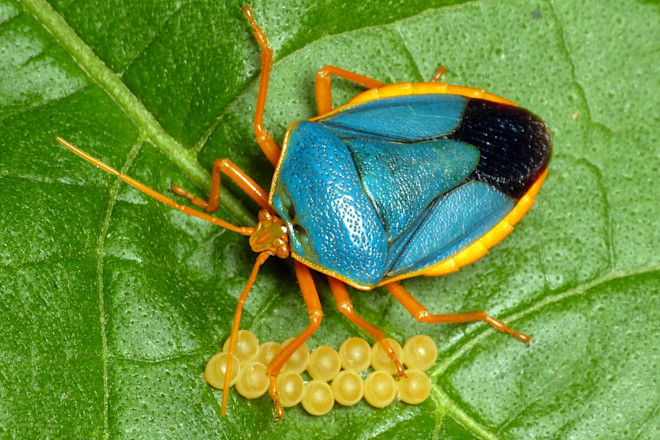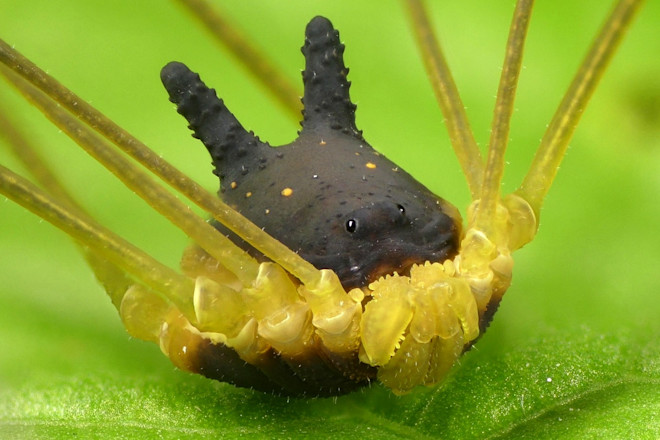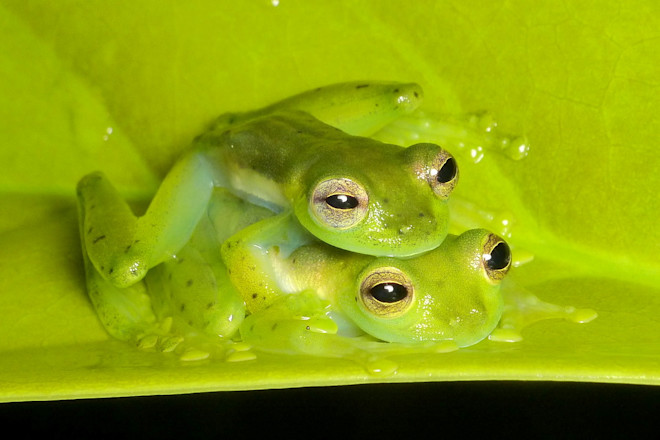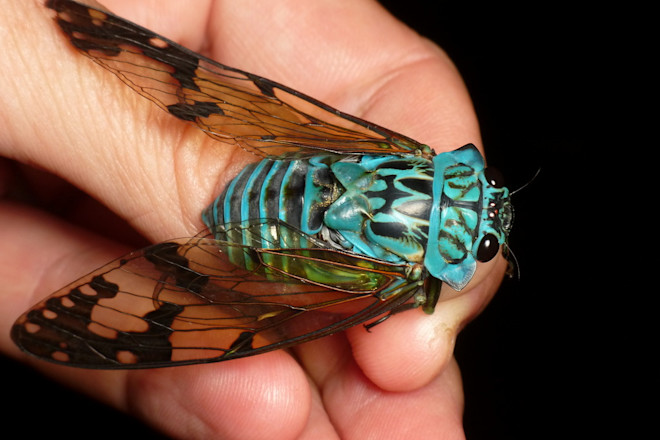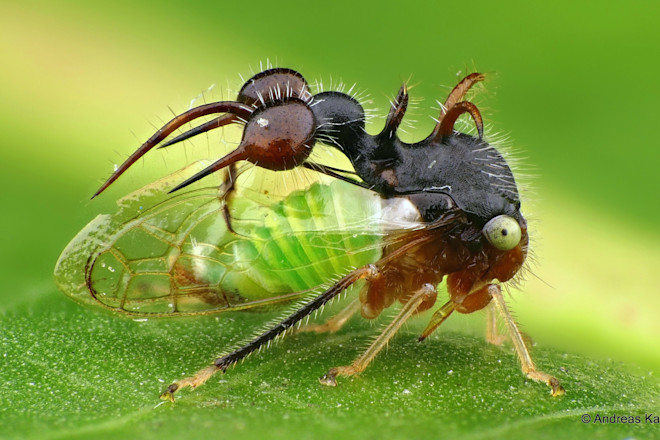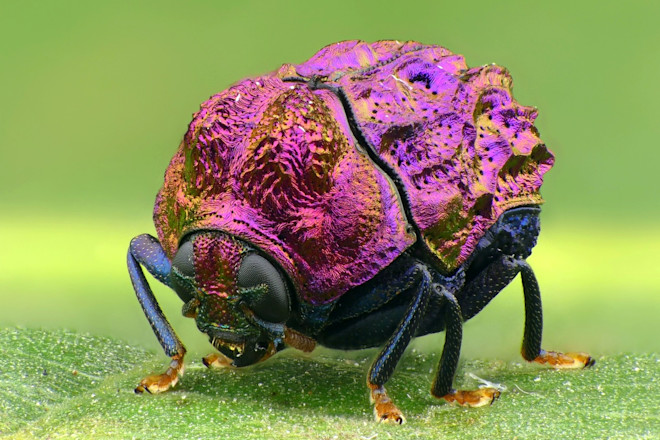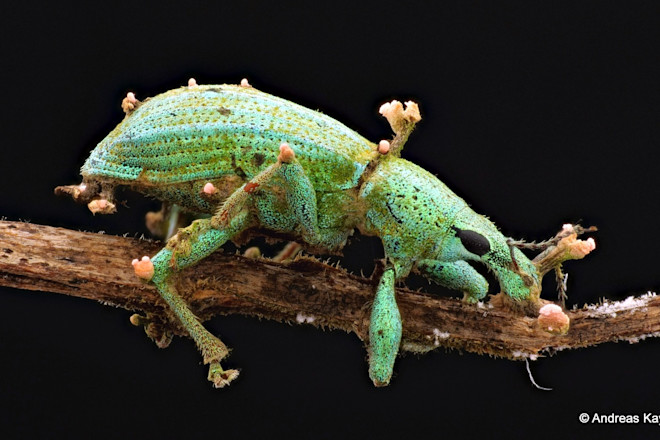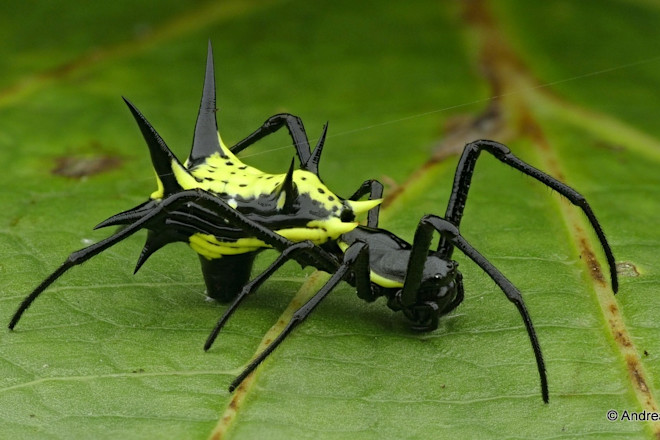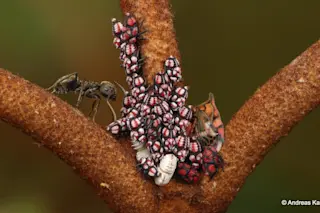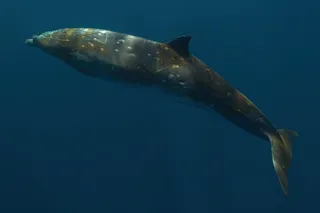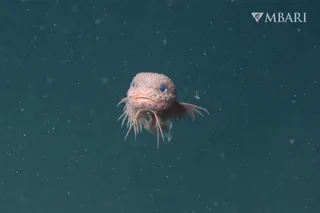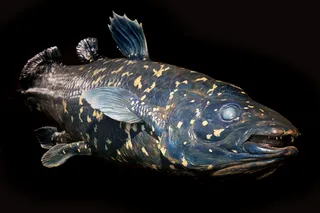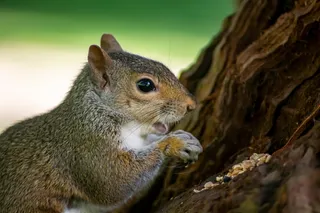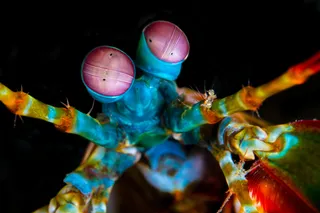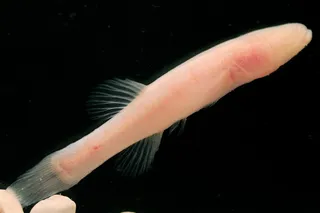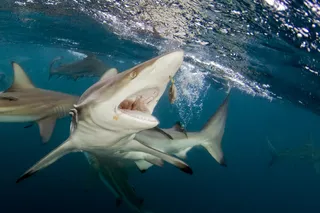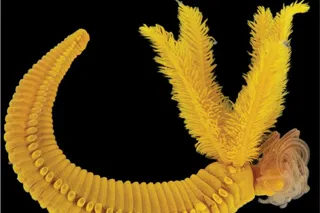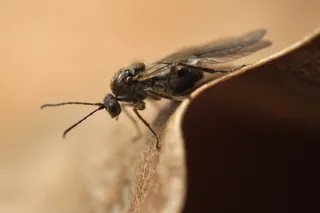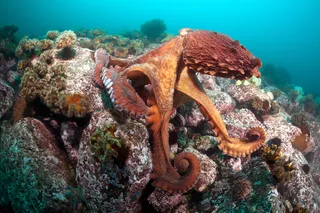In mid-October, the world lost a great light: Andreas Kay, a wildlife photographer who celebrated the explosive biodiversity of insects, spiders, amphibians and other creatures in Ecuador’s teeming rainforest. Born in Köln, Germany, Kay was 56 and died from brain cancer.
Kay shared more than 30,000 photos on Flickr, all of them now in the public domain. It will stand as his enduring gift to the world. Kay also made many contributions to science, including discovering the orchids Lepanthes kayii and Lepanthopsis kayii, which are named after him. He also rediscovered the Rio Faisanes stubfoot toad (Atelopus coynei), thought to be extinct for decades. Kay even made contributions in the field of physics — describing, for example, ways to enhance solar cells.
The photographer has more than 16,000 citations on Google Scholar.

Wildlife photographer Andreas Kay. (Courtesy of Andreas Kay)
Andreas Kay
Kay’s last message, posted on Facebook and accompanied by an image of treehoppers, was simple yet heartbreaking: “I had a wonderful life but much more to learn. All the best for the future of Ecuador and this wonderful planet. Yours, Andreas.”
Here is a small selection of Kay’s breathtaking work. You can learn more about him at andreaskay.org.
